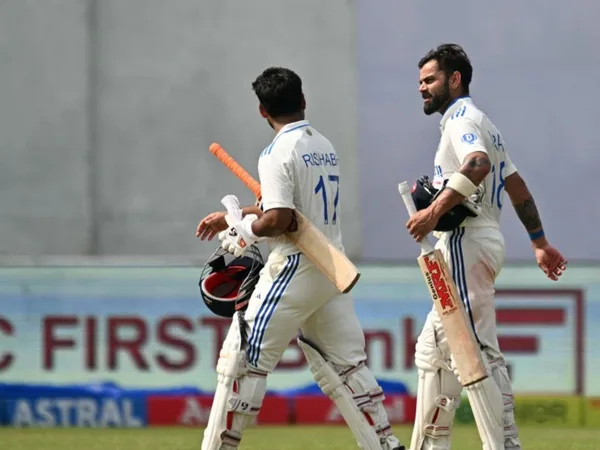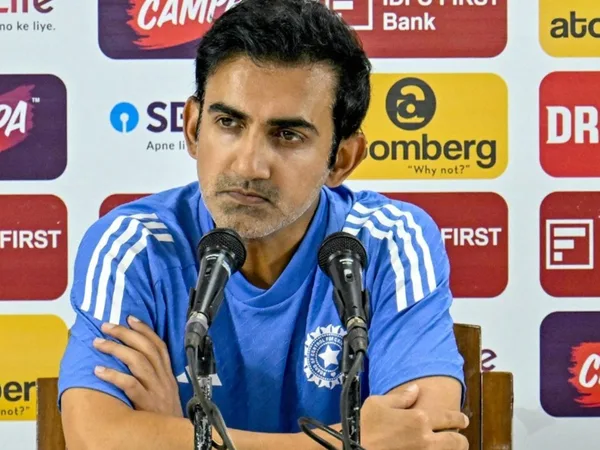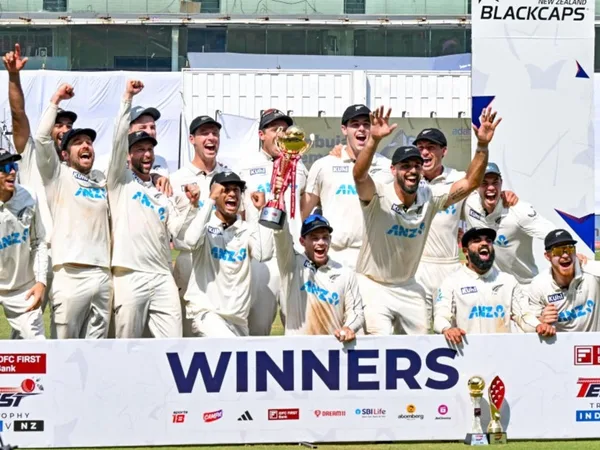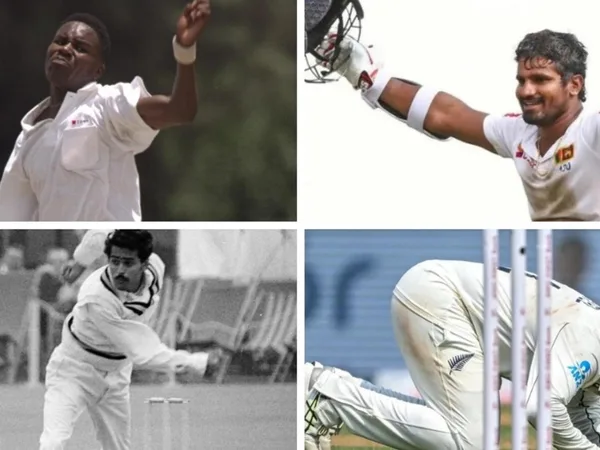
India have added all-rounder to their squad for the last two Tests against New Zealand, in response to their shock defeat in the first Test at Bengaluru. There are a few possible explanations for the move.
On Sunday, India lost the first match of their three-Test series against New Zealand at the Chinnaswamy Stadium, as the visitors chased down the target of 107 with relative ease despite a couple of nervy moments early on. India, skittled for 46 in the first innings and conceding more than 400 in reply, looked to be staging a comeback as they moved into the lead only three wickets down. However, the second new ball instigated a collapse, and the hosts couldn't set a defendable total.
Later on in the day, the BCCI announced that off-spinning all-rounder Washington Sundar had been added to India's squad for the remaining two Tests, and would join up with the squad in Pune, the venue for the second match.
The timing of Sundar's addition to the squad suggests this may have been a reaction to the result in Bengaluru. But how could he fit into India's plans?
Replacing Ashwin – phase 1?
The closest player in profile to Sundar in the current Indian team is veteran off-spinner R Ashwin, who slots in as the second all-rounder after Ravindra Jadeja.
Ashwin struggled slightly in the first Test, taking 1-94 in 16 overs in the first innings and looking well off his best. He was also not handed the ball in New Zealand's run chase until they were just 10 runs away from victory.
Indeed, Sundar may currently be the front-runner to replace the 38-year-old, whenever he hangs up his boots.
However, at present this looks like an ill-advised move. Ashwin is a handy bat, but his primary skill remains off-spin. While Sundar's first-class record with the ball is not bad by any stretch of the imagination, he has impressed far more with the bat.
Indeed, even at Test level (it is a sample size of only four matches), Sundar averages 66 with the bat, including knocks of 62 in India's famous Gabba win in 2021, and unbeaten scores of 85 and 96 in Chennai and Ahmedabad against England later that year.
He returned match figures of 4-169 in 49 overs on debut, and since then has bowled over 10 overs in an innings just once – 0-98 in 26 overs against England in Chennai. His most recent first-class match is still ongoing, for Tamil Nadu against Delhi in the Ranji Trophy, where he has scored 152, and taken 2-42 by the end of day three.
Read more: Five takeaways from the India-New Zealand Bengaluru Test
Testing Sundar out once again, nearly four years on from his last Test, is not a bad idea in itself. But if that is the case, one wonders why the time for that would be now, on the back of a rare home defeat. Of course, another explanation in this direction is that he is seen as the long-term replacement, so India want him to be in and around the squad as much as possible.
Could India play four spinners on rank turners?
The other potential reason for Sundar's inclusion could be far more short-term – in fact, immediate-term. The next Test against New Zealand is on October 24, and the idea has been floated that India's response to the Bengaluru loss will be to prepare turning wickets in Pune and Mumbai.
India played three spinners – Ashwin, Jadeja and Kuldeep Yadav – in Bengaluru, in addition to two seamers. The remaining spinner in the squad was Axar Patel. If India did want to play one more, in place of a pace bowler (likely Mohammed Siraj), it makes sense that they would want one extra option in the squad in case of injury, or for them to decide later on whether the fourth could be Axar or Sundar.
Also read: Updated World Test Championship standings after India's defeat against New Zealand in Bengaluru
It would be a bold call to play just one specialist pacer, but there is precedent here. Of the last seven occasions on which only one Indian pacer has bowled in a Test match, six took place in the state of Maharashtra (two in Nagpur, four in Mumbai), where both of the next two matches will be held. These are listed below.
| Opposition | Venue | Year | Sole pacer |
| South Africa | Nagpur | 2015 | Ishant Sharma |
| England | Nagpur | 2012 | Ishant Sharma |
| England | Mumbai | 2012 | Zaheer Khan |
| Australia | Mumbai | 2004 | Zaheer Khan |
| New Zealand | Bengaluru | 1988 | Kapil Dev |
| England | Mumbai | 1977 | Karsan Ghavri |
| West Indies | Mumbai | 1975 | Karsan Ghavri |
If this is the route India are opting to take, it will be intriguing to see how the series plays out, given that a turning wicket could also bring New Zealand's slower bowlers into play, as well as expose a couple of chinks in a much-talked-about Indian batting lineup's armour against spin.
Follow Wisden for all cricket updates, including live scores, match stats, quizzes and more. Stay up to date with the latest cricket news, player updates, team standings, match highlights, video analysis and live match odds.








